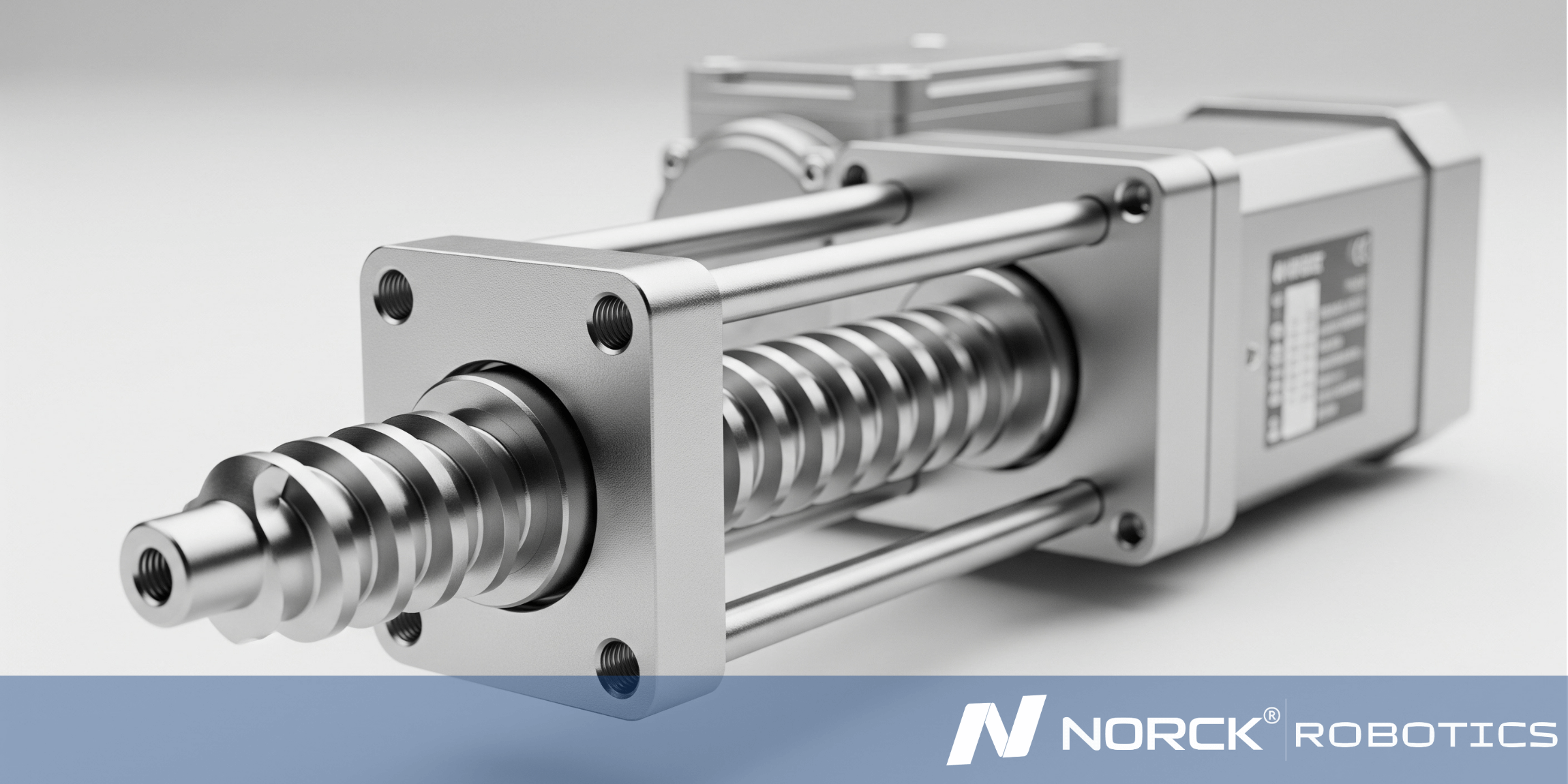
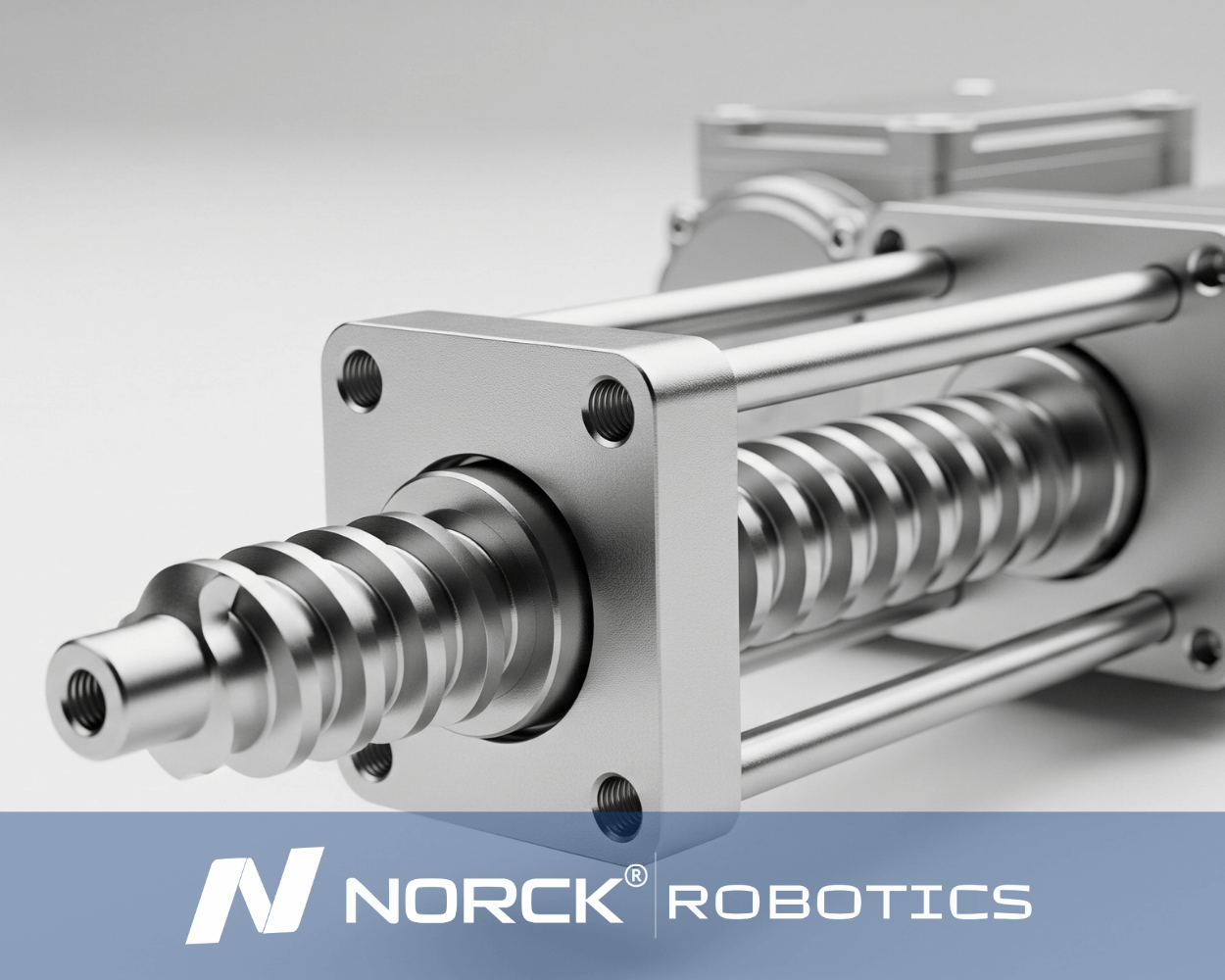
Ready to automate your future? Get a quote from Norck Robotics now!
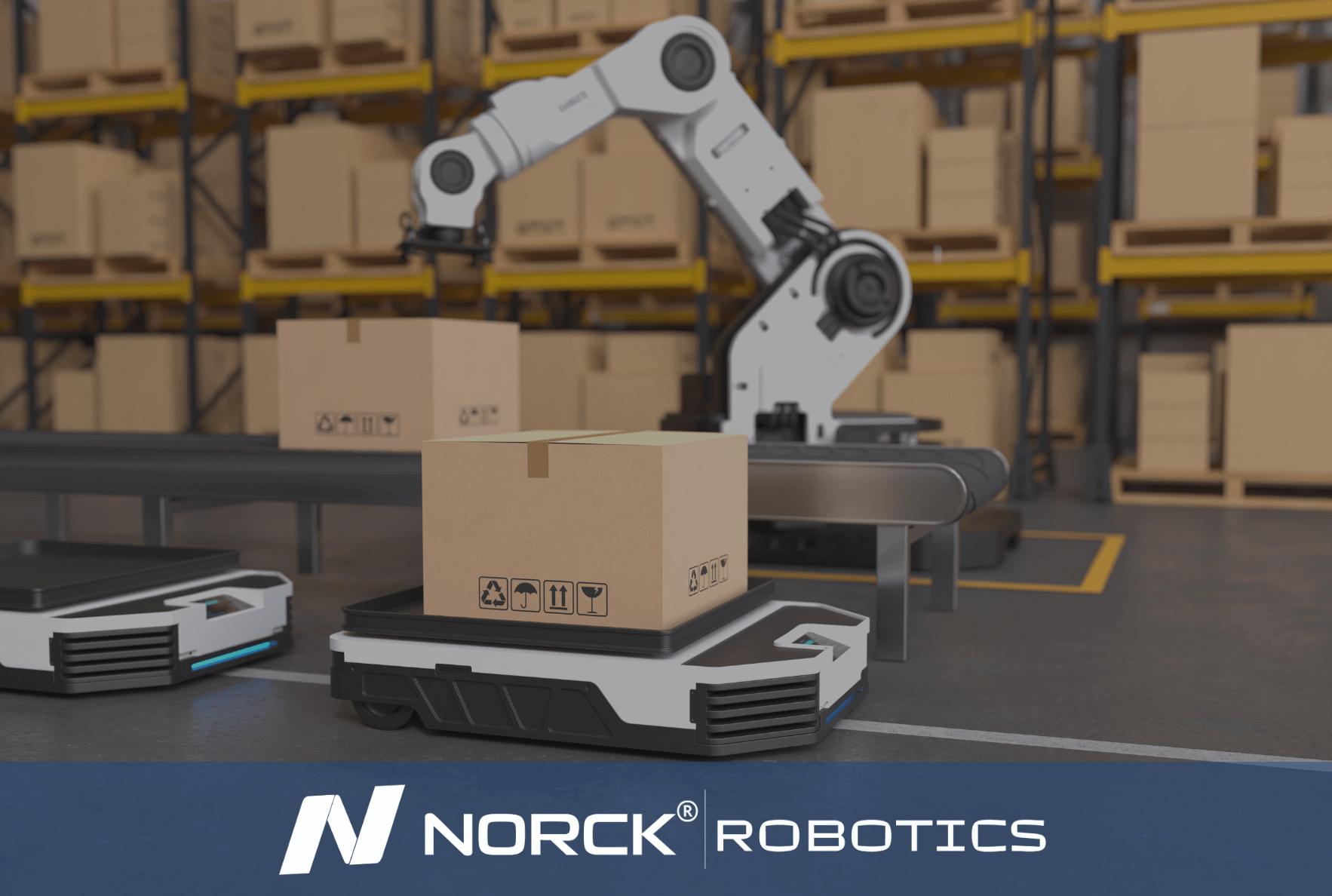
Norck Robotics specializes in providing unique robotic automation and engineering solutions designed to meet the specific operational needs of each client. Our expertise covers a wide range of industries and applications.
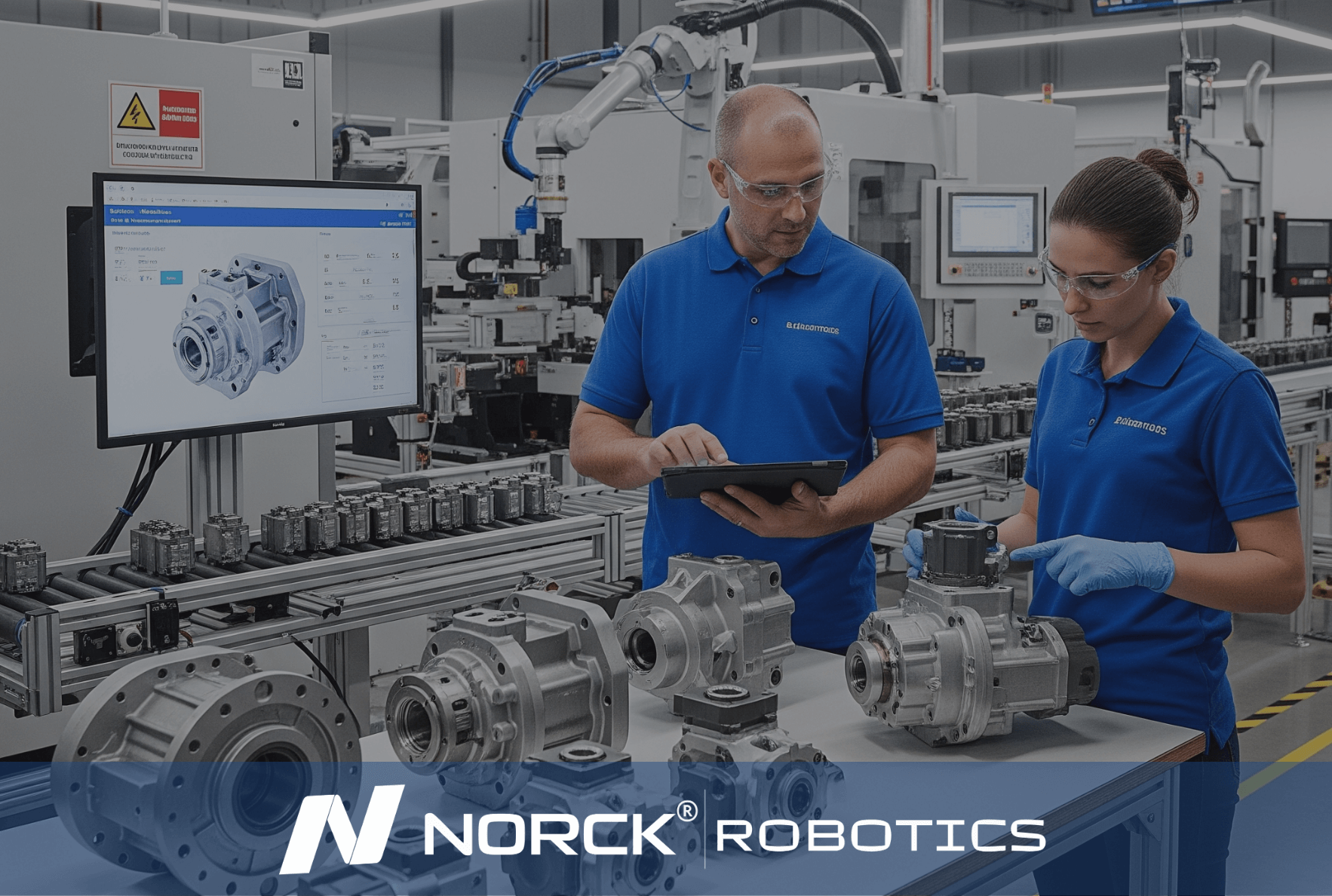
Norck Robotics delivers turnkey robotic automation and engineering solutions tailored to your specific needs across various industries.

Whether you need a single robotic cell prototype or full-scale factory automation, Norck Robotics engineers are ready to collaborate with you to bring your concept to life.
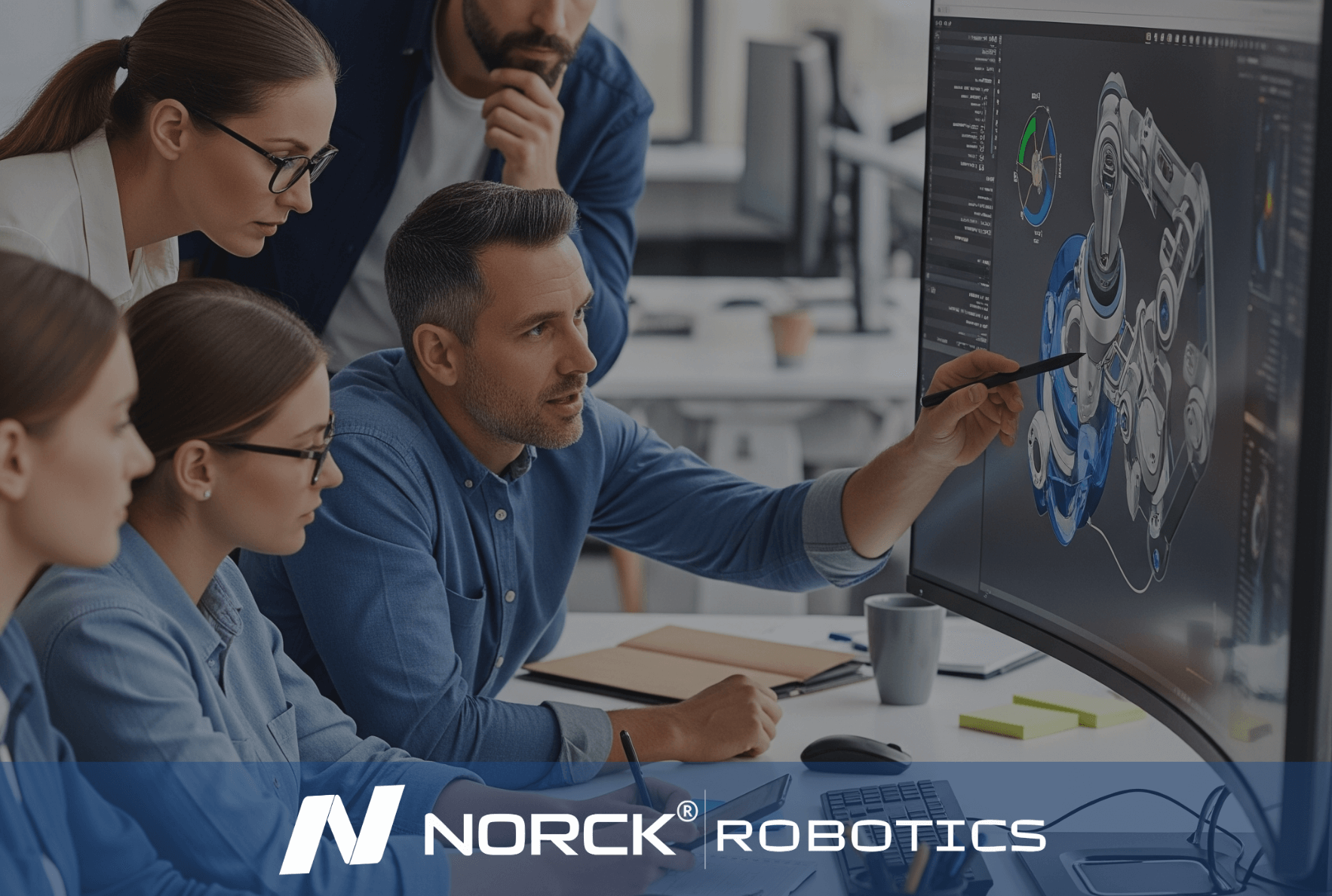
Norck Robotics engineers analyze your existing processes to provide feedback that enhances efficiency, cost-effectiveness, and productivity for robotic integration.
Actuators driven by lead screws and ball screws exhibit one common feature: the rotary movement is converted into a linear one by means of entirely different mechanics, thus providing the systems with different degrees of efficiency and performance. Their differences are given below:
Below are some critical advantages and disadvantages of the Lead Screw Drive Actuator:
Low Cost: Lead screws generally offer lower prices than ball screws and thus go well with applications that require cost-effectiveness.
Simplicity of Design: Lead screws usually have two fewer components and require no recirculating ball mechanism. Hence, it becomes a little easier for designing and maintaining lead screw systems.
Self-locking: Most of the lead screws are such that they are self-locking, thus preventing backdriving and they can hold the load without using any external brakes.
Quiet Operation: This type of actuation tends to run much quieter because there are no metal ball bearings.
Inefficiency: They are much less efficient as compared to ball screws (30-50% more efficient) thus lead to a greater loss of energy due to sliding friction.
Backlash Conditions: Wear sometimes develops to create backlash, one thus reducing its positioning accuracy without the compensation from anti-backlash nuts.
Quiet Operation: This type of actuation tends to run much quieter because there are no metal ball bearings.
Lead Screw Mechanism Actuator is the most cost-effective solution that satisfies requirements for simplicity and load holding than speed and accuracy.

In addition to its own expert engineering team, Norck Robotics provides access to a network of hundreds of top-tier system integrators, robot manufacturers, and component suppliers across the United States, Germany, and Europe.

Working with Norck Robotics reduces dependency on manual labor, increases production consistency, and secures your operations against unforeseen disruptions, quality issues, and fluctuations. This enhances your company's supply chain resilience.
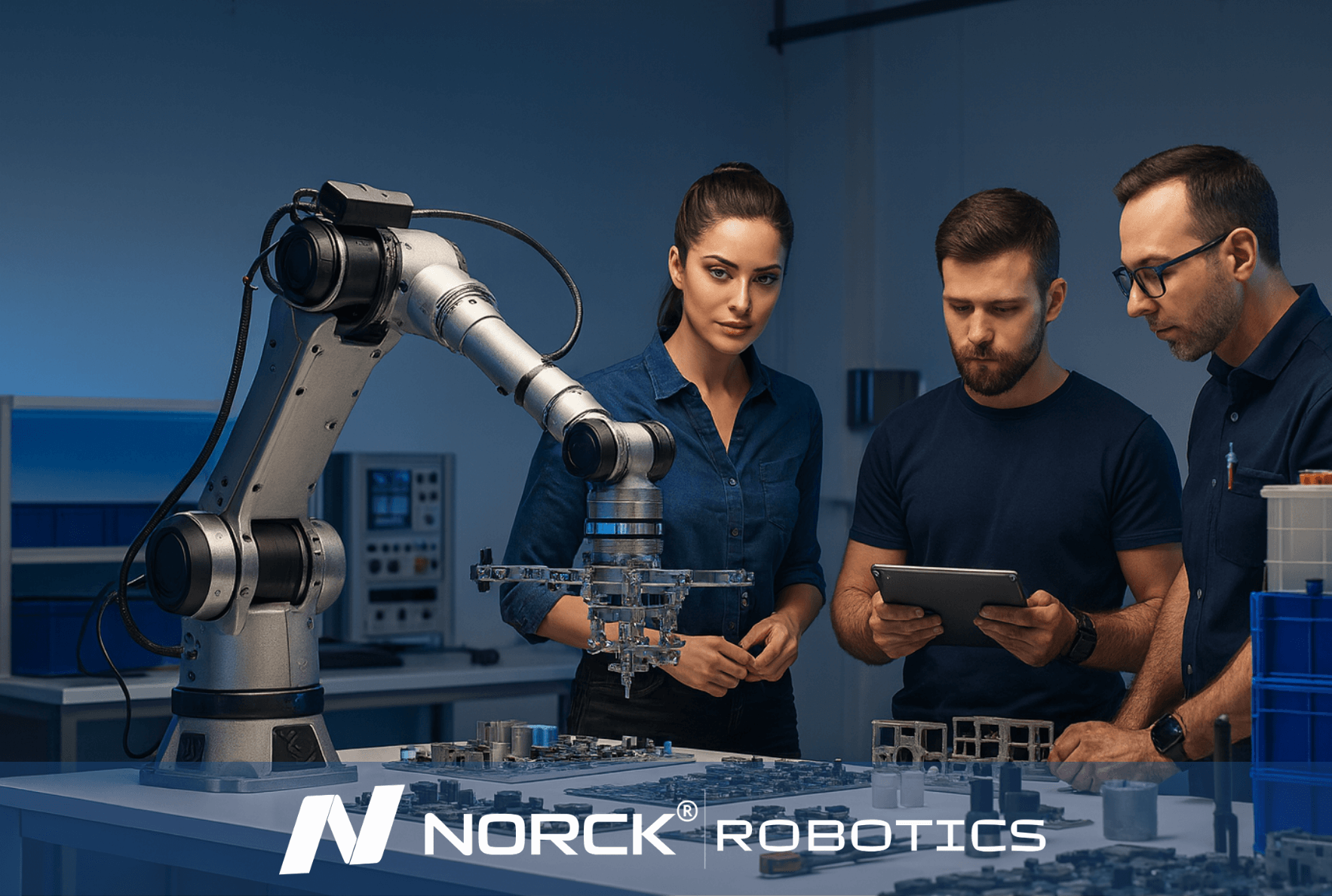
Norck Robotics advances digital automation by developing custom-designed robot grippers, advanced vision systems, and innovative simulation software. With an AI-driven, data-centric approach, it enables smarter system design, optimal performance, and predictive maintenance solutions.
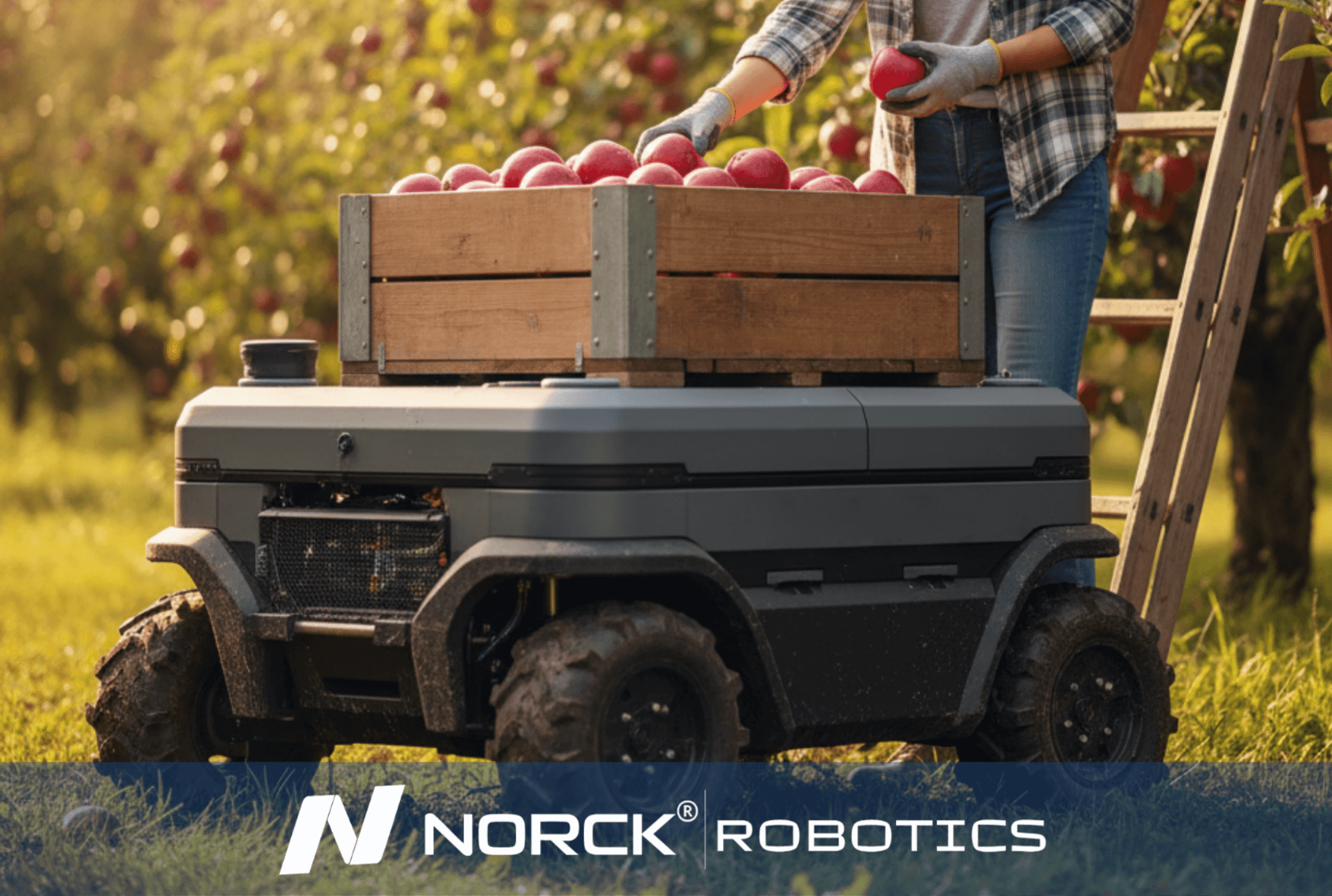
Norck Robotics encourages its partners to be carbon-neutral by reducing energy consumption and material waste through the efficiency of robotic automation, and prioritizes environmentally conscious suppliers.